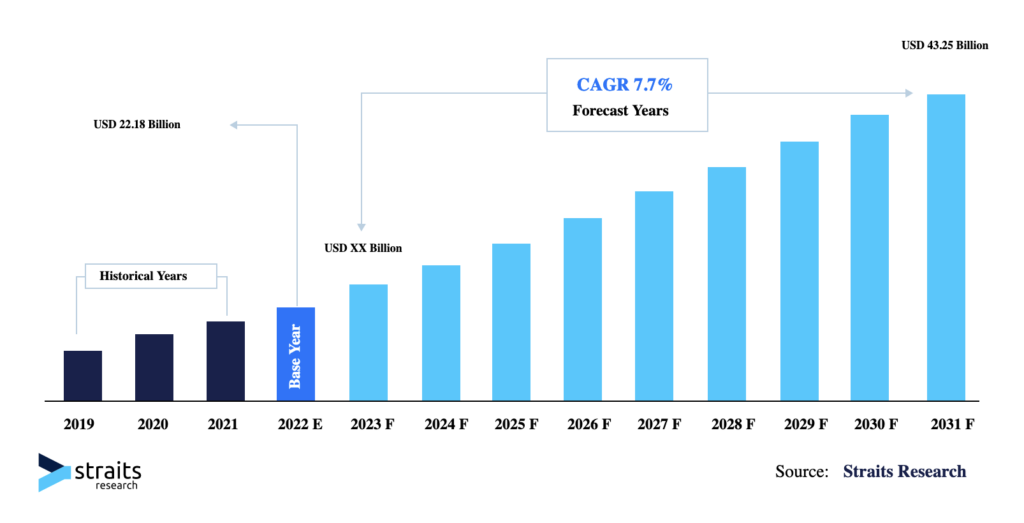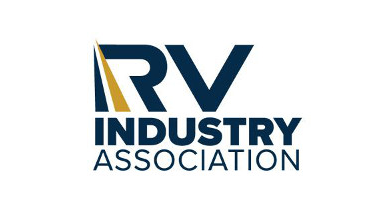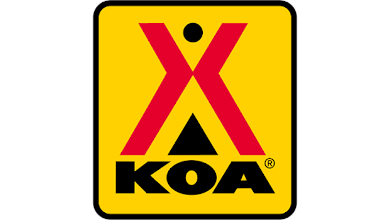Global Camping Equipment Market Estimated to Reach $43.25B by 2031
According to a global camping report from Straits Research, a market intelligence company, “The global camping equipment market revenue was valued at $22.18 billion in 2022, and it is estimated to reach an expected value of $43.25 billion by 2031, at a CAGR of 7.7% during the forecast period (2022-2031).”

Increasing numbers of camping-supporting clubs and organizations are driving an increase in the frequency of camping among youth and adults. One of the major market drivers is the growing number of camping clubs and associations that engage with millennials who demonstrate a passion for recreational activities. Several organizations have also made efforts to engage children in camping to develop their entire personalities. Recent opinion research by the American Camp Association (ACA) revealed that parents view fun and safety as the two most important aspects of the camp experience.
There has been a significant rise in the number of travelers and tourists embarking on trips for leisure and recreation, with a sizeable portion aiming to reach camping destinations. Fifty-six percent of international inbound travelers in 2018 traveled for leisure or to participate in recreational activities, according to UNWTO statistics. Social activism and the willingness to explore nature are observed across all age groups in most nations, generating demand for camping equipment over the forecast period. Consequently, the increase in international and leisure travel can positively affect the camping equipment market.
Key Highlights
- By product type, the global camping equipment market is segmented into camping furniture, tents, cooking systems, camping backpacks, cookware and camping gear, and accessories. The camping furniture segment dominated the market and is estimated to register a CAGR of 5.4% during the forecast period.
- By distribution channel, the global camping equipment market is segmented into online and offline retail channels. The offline retail channel segment dominated the market and is estimated to register a CAGR of 10.3% during the forecast period.
Regional Insights
North America’s camping equipment market share is anticipated to register a CAGR of 6.5% during the forecast period. According to Kampgrounds of America (KOA), over six million Americans have adopted camping as a way of life, and this trend continues. The percentage of campers who camp more than three times per year has increased by 64% since 2014. As a result, the increased number of consumers interested in camping has contributed to increased expenditures on camping equipment. In 2016, 47% of campers spent between $51 and $200 on camping equipment, according to KOA data.
Europe is the second largest region. It is estimated to reach a predicted value of $11 billion by 2031 at a CAGR of 6.9%. Due to a strong preference for outdoor recreational activities and many campsites, Germany is the largest market for camping equipment in the European region. The increasing number of mini-camps in Germany is anticipated to increase camping equipment demand in the country. In addition, the growing trend of mini-camps connected to farms that offer a variety of camping experiences is attracting a more significant number of customers by capitalizing on specialized criteria such as rural expertise. This is anticipated to increase demand in Germany for camping tents, furniture, cookware and other equipment. Increasing sustainable tourism efforts are also anticipated to positively impact the camping equipment market’s growth over the forecast period. Some German campgrounds have an additional eco-friendly seal. These campgrounds prioritize water conservation, energy efficiency, the preservation of the natural environment, and waste management. This is increasing the demand in the country for eco-friendly camping equipment.
Asia-Pacific is the third largest region. According to Japan Times, the camping industry in Japan has grown steadily over the past seven years, and nearly 9 million people have pitched tents throughout the archipelago in the past year. Most camping equipment has been purchased online, and consumers in their 30s and 40s appear to be primarily responsible for the increase in sales. Luxury camping is becoming a new trend across the nation. Glamping is an option for those who want to experience the beauty of nature without hardships. In 2017, the demand for autumn/winter camps increased, as did the demand for bonfires and winter sleeping bags. The realization of solo camps has increased the demand for small to medium-sized tents for three people, contributing to the steady growth.


